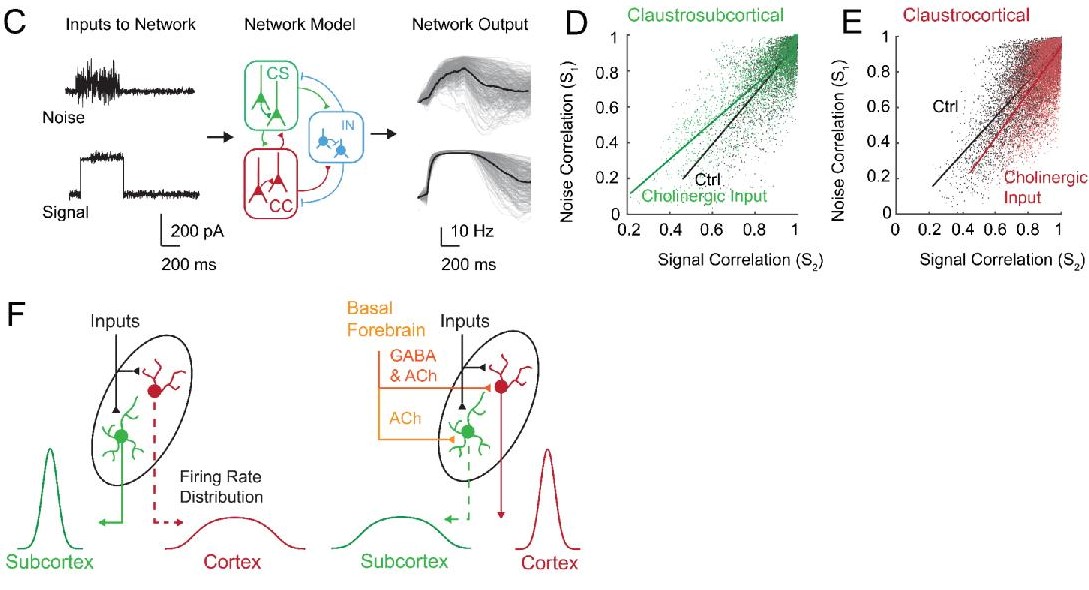About Me
I am an EDCB (Computational and Quantitative Biology) PhD student at the École polytechnique fédérale de Lausanne and NeuroRestore, under the guidance of Gregoire Courtine, Jordan Squair and Michael Skinnider. Being a huge science nerd, I can talk with someone for hours regarding topics ranging from neuroscience to quantum mechanics. My passion for science stems from my obsession to understand and quantify everything, as well as influences from great philosophers and science popularizers such as Sagan and Feynman.
One of the most fascinating fields to me is biology – how billions of seemingly random biomolecules can come together to construct these intricately complicated yet elegant designs we call life. This ignited my passion for computational biology research.
I am also a fervent advocate of integrating machine learning (ML) into computational biology; the design of ML algorithms are highly apt for the high-dimensional complexity of biological systems. Along my research journey, I have been fortunate enough to produce several publications (2 first-author papers) during my Bachelor's degree and worked on multiple publications (2 first author-papers) in my PhD so far.


